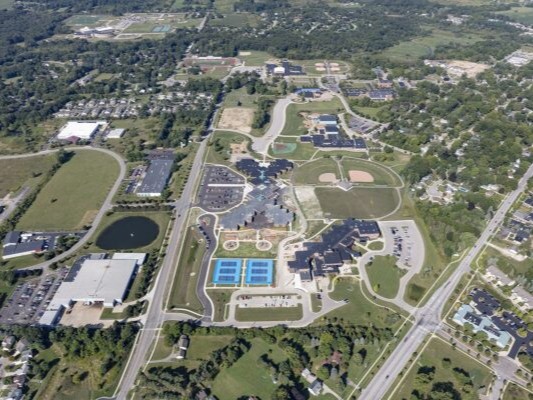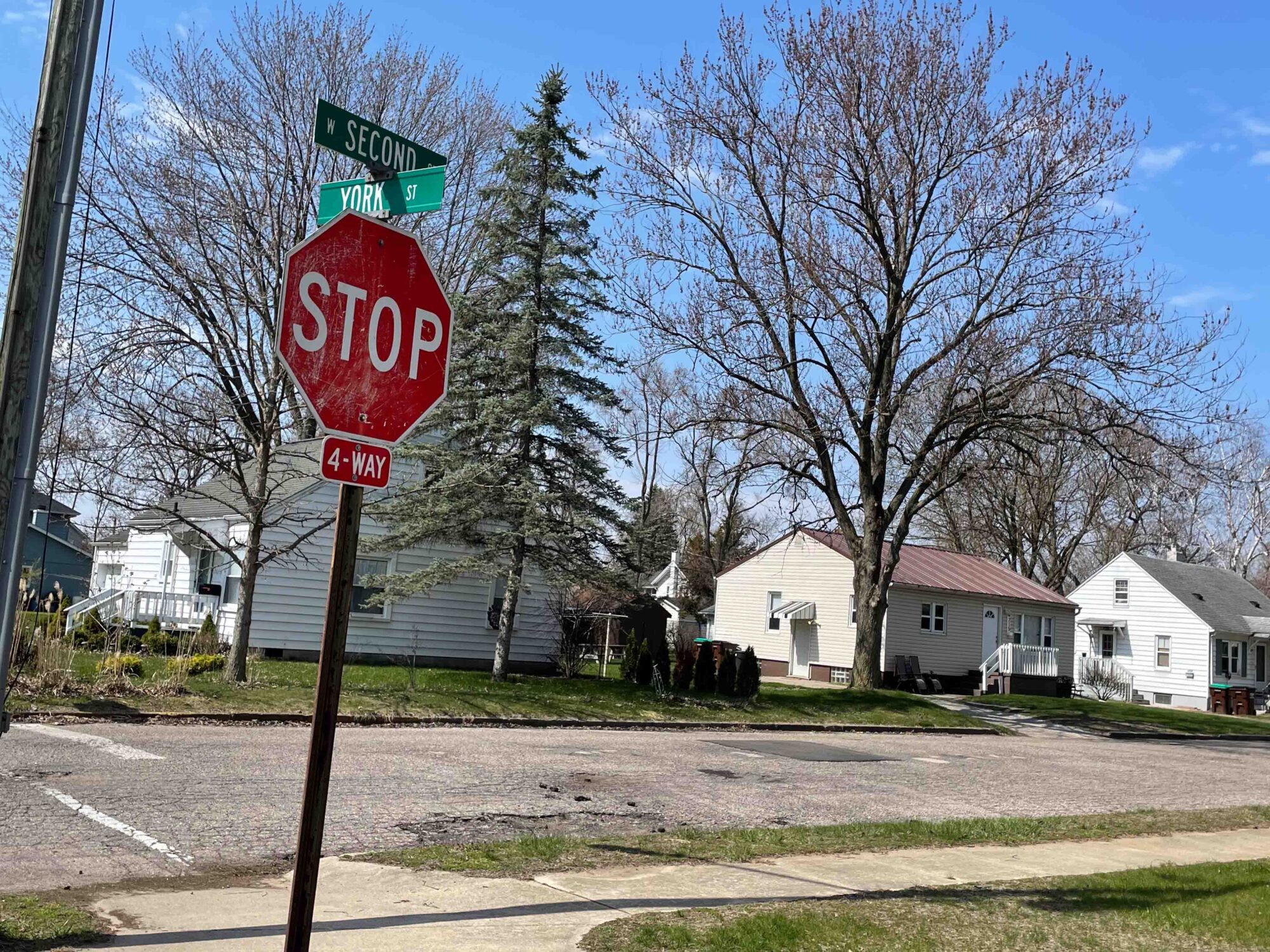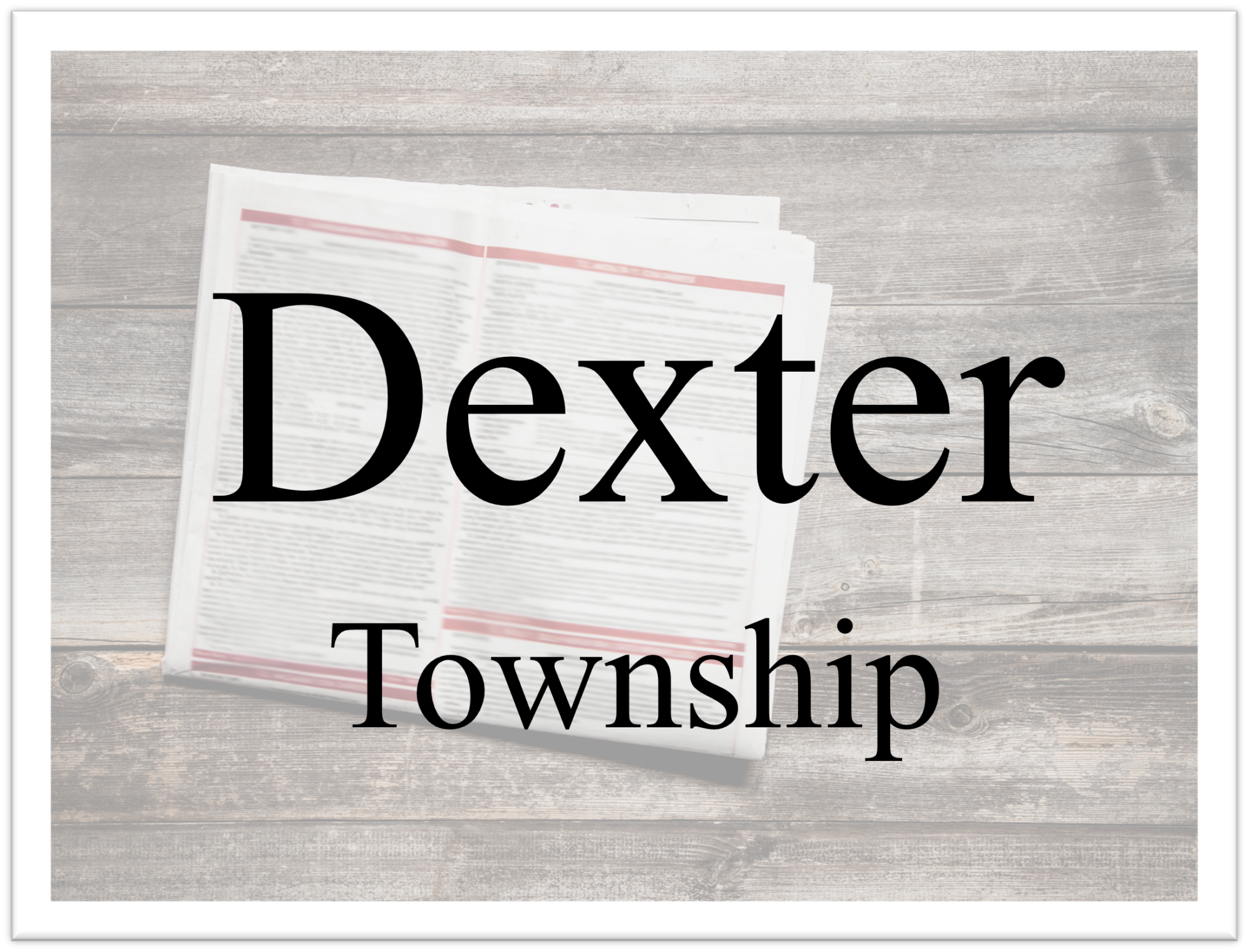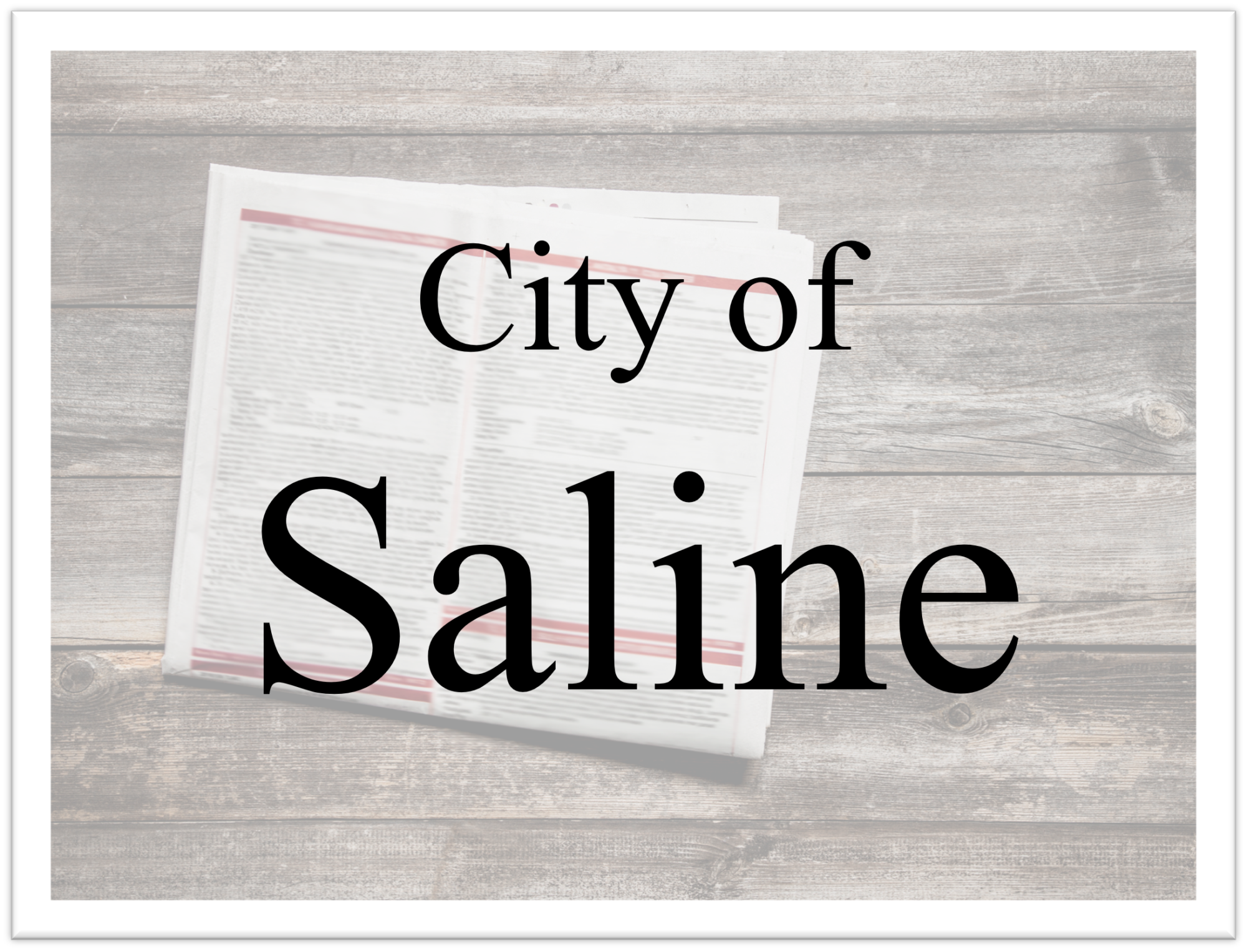As Dexter voters prepare to weigh a historic school bond, questions emerge about long-term costs, debt, and the district’s financial future.
Editor’s note: This article offers a counterpoint to the perspective presented by Dick Lundy in a recent piece published by the Sun Times News online on March 27, 2025 and in print April 2.
By Kevin Creech, Guest Contributor
On May 6, voters in the Dexter Community School District will weigh in on a proposed $241.86 million bond—one of the largest per-student school bond proposals in Michigan. The plan includes major facility upgrades, such as a new 7–8 campus at Creekside, extensive renovations at Wylie Elementary, and a 60,000-square-foot indoor athletic fieldhouse at Dexter High School.
How Dexter Compares to Neighboring Districts
Dexter’s proposed bond is unusually high when measured per student and by millage rate:
| District | Students | Bond Amount | Tax Rate | Cost per Student |
| Chelsea | ~2,500 | $80M (2019) | 7 mills | $32,000 |
| Saline | ~5,000 | $180M (2022) | 7.5 mills | $36,000 |
| Howell | ~6,800 | $258M (2023) | 7.95 mills | $37,900 |
| Novi | ~6,200 | $260M (2022) | 7 mills | $41,900 |
| Dexter | ~3,500 | $241.86M | 8.5 mills | $71,200 |
Dexter’s cost per student is nearly twice that of other nearby school districts with a smaller tax base. This raises important questions about affordability and sustainability, especially if costs rise or growth slows.
Supporters emphasize that the district can fund these projects without raising the current tax rate of 8.5 mills. But a closer look reveals significant financial risks that could lead to future tax increases, cuts to programs, or long-term strain on school operations.
The proposed bond also carries several financial risks that merit closer examination.
Assumes Consistent Economic Growth
The bond is built on the assumption that Dexter’s taxable property value will grow by 1.5% to 3% annually. But if that growth slows to just 1%, the district could fall short in covering payments on the bond, its $77.32 million in existing qualified debt, and a $6.69 million state loan.
In that case, the state could advance funds through the School Bond Qualification and Loan Program (SBQLP), extending the repayment period and adding approximately $1.69 million in interest. Even with this support, if revenue from the 8.5 mills proves insufficient, the district might face tough choices: staff reductions, program cuts, or both.
Interest Rates Could Climb
The bond would be issued in a series of sales from 2025 to 2031. These sales are planned with interest rates around 4%. But if rates rise to 6% or 7%, borrowing costs could increase significantly. For instance, if $60 million in bonds were issued at an interest rate of 6% instead of the projected 4%, annual interest costs could increase by an estimated $600,000. The exact amount would depend on the bond’s term length and repayment structure, but any additional costs would still need to be covered within the fixed 8.5 mills cap.
By 2040, between 5.5 and 6.5 mills could be tied up servicing this bond. That would leave only 2 to 3 mills for future facility needs. For example, if Dexter were to borrow an additional $75 million for repairs or expansions in the 2030s, the bond millage could need to rise above 10 mills—potentially increasing annual property taxes by $380 to $480 on a home with a $200,000 taxable value (approx. $400K retail value). However, the actual impact would depend on several factors, including the timing of the issuance, prevailing interest rates, and how the repayment is structured.
Inflation Is a Real Threat
Construction costs are rising by about 5% annually. A project that costs $50 million today could cost $66 million by 2030. Without room for flexibility, cost overruns could force cuts to features like new playgrounds, science labs, or classroom technology, diminishing the benefits the bond promises to deliver.
Community Facilities
DCS has taken over the operations of the Senior and Wellness Center. Although it has been reported that these spaces will support themselves, history has shown us otherwise. While no official projections currently suggest an impact, future capital needs at the Dexter Senior Center and Wellness Center could potentially place pressure on the district’s limited millage capacity—raising concerns that, over time, resources might be diverted from school facility projects if additional funding is required for these community spaces. The underlying issue is that large capital requirements for these buildings would require tough choices between school and community needs, up to and including cuts in personnel and programs.
A More Balanced Path Forward?
If Dexter aligned its bond proposal with the regional average of approximately $36,950 per student, a right-sized bond for 3,500 students would total about $129 million, which is still a substantial investment. Combined with the $77 million in already approved debt, this approach could fund the most essential projects while preserving financial flexibility for the future.
Some education experts1 caution that large-scale investments in facilities do not necessarily translate to improved academic outcomes. Supporters of a scaled-back bond argue that a more moderate approach could ease the financial burden on the community while allowing the district to prioritize core educational goals—such as supporting teachers, enhancing academics, and ensuring all students receive a high-quality education.
Voters in the Dexter Community School District will soon decide whether to approve one of the largest per-student bond proposals in the state. The outcome could shape the district’s facilities and finances for decades to come. A ‘no’ vote is not a rejection of our schools—it is a clear directive to district leadership to return with a more reasonable, fiscally responsible plan that supports students while safeguarding the district’s long-term financial stability.
As the May 6 election approaches, residents are encouraged to review the details, weigh the potential benefits and risks, and make an informed decision at the polls.
¹ McGowen, R. S. (2007). The impact of school facilities on the learning environment (Doctoral dissertation, Texas A&M University). Texas A&M University Libraries. https://oaktrust.library.tamu.edu/bitstream/handle/1969.1/ETD-TAMU-2054/MCGOWEN-DISSERTATION.pdf
Dynarski, M. (2024, January 5). Targeted infrastructure spending can boost student outcomes—but only in some cases. Brookings Institution. https://www.brookings.edu/articles/targeted-infrastructure-spending-can-boost-student-outcomes/






 8123 Main St Suite 200 Dexter, MI 48130
8123 Main St Suite 200 Dexter, MI 48130


